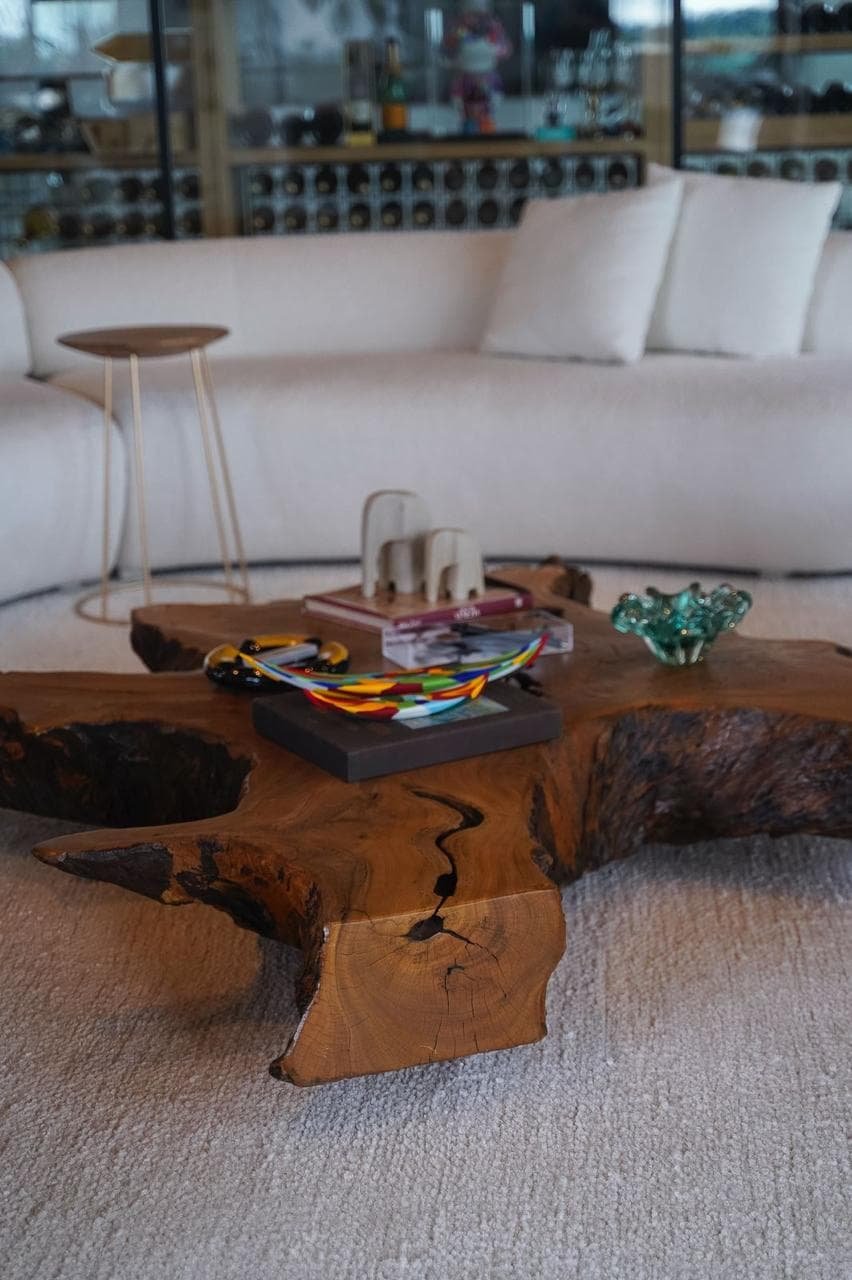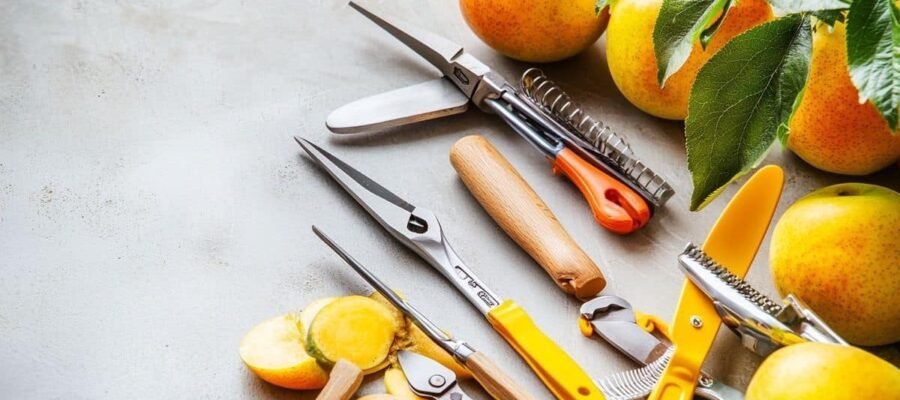I have long believed that pruning my fruit trees was a simple matter of cutting away dead branches. But after a season without a harvest, I realized that my sloppy methods were having dramatic consequences. Calendar errors, poorly mastered cutting techniques, and ignorance of each species’ specific needs nearly ruined my efforts. A look at the pitfalls to avoid to optimize the production of your fruit trees.
Calendar errors
Prune stone trees during flowering
Cherry, apricot and plum trees are particularly sensitive to the pruning period. Early Maytheir flowering is already advanced and the fruits are forming. Intervening at this stage interrupts fruiting, drastically reducing yields.
Concrete example :
- Cherry : Pruning in May causes the flowers and young fruits to fall.
- Apricot : The previous year’s shoots bear fruit. Cutting in spring removes them.
Solution : For these species, postpone pruning until autumn, after harvesting.
Neglecting the specific needs of kiwis
Kiwis demand size in green in summer (July-August) to shorten branches that are too long and encourage fruiting. Forgetting this step leads to excessive vegetation to the detriment of production.
Best practices :
- Eliminate waste : Remove stunted shoots during the summer.
- Maintain a balance : Maintain 10 to 15 main stems to maximize photosynthesis.
Poorly mastered cutting techniques
Cut without respecting the direction of the buds
For apple and pear trees the cut must be above a gem facing outward60 cm from the trunk. A poorly oriented cut causes unbalanced growth and reduces fruiting.
Common mistake :
- Cut horizontally : Risk of rot and poor healing.
- Ignore the slope : An oblique cut (30°) allows for better drainage.
Leaving aside the maintenance pruning of biferous figs
Biferous figs produce two annual crops. Prune in spring remove the branches that bear the autumn figs. A hasty intervention halves production.
Optimal strategy :
- Wait for autumn : After harvesting autumn figs, remove old branches and dead wood.
- Lightweight size : Practice maintenance pruning every 2 or 3 years to avoid exhaustion.
Specific species to watch out for
Raspberries: a special case
Raspberries require drastic pruning at the end of winter. Maintaining more than 10 main stems results in competition for resources, reducing fruit size.
Key steps :
- Select the stems : Keep the most vigorous part (diameter > pencil).
- Cut in half : In case of delay, reduction of 50% instead of the usual 2/3.
Trees in formation: the golden rules
The first year, pruning should guide the structure (chalice, palmette). Ignoring this step results in uncontrolled growth and reduced production.
Practical advice :
- Choose a central axis : For apple trees, select a dominant stem.
- Remove low branches : Maintain a clean trunk up to 1 m high.
The consequences on production
Crop loss: an invisible cost
Pruning can be poorly controlled cancel an entire season. Example: A cherry tree pruned in May loses 80% of its flowers, reducing the harvest to zero.
Economic impact :
- Loss of income : For an amateur gardener this equates to several months of wasted work.
- Tree fatigue : Poorly healed wounds weaken the plant for subsequent years.
Good practices to adopt
A calendar adapted to each species
| Species | Optimal period | Objective |
|-||-|
| Cherry | Autumn (after harvest) | Remove dead wood |
| Fig tree | Autumn (after harvest) | Preserve the load-bearing branches |
| Kiwi | Summer (July-August) | Promote fruiting |
The essential tools
- Precision pruning shears : For clean, clean cuts.
- Cord cutter : For thick branches (> 2 cm).
- Durable gloves : To protect from sap and bark.
: Successful pruning to maximize yields
Sizing errors are often linked to lack of knowledge of biological cycles fruit trees. By adapting your techniques to each species and respecting the times, you will avoid production losses. Invest in quality tools and follow the advice of expert gardeners to turn your mistakes into success.
Next step : Try these methods next season and see how your crop improves.
latest posts published

How to set up a wardrobe in your apartment: tips and advantages

Discover the sophisticated furnishings of Progetto Decor

Luxury design: the balance between comfort, elegance and functionality

Discover the luxury furnishings of Progetto Decor

Garden in the apartment: discover the advantages

Discover Progetto Decor’s line of custom-made luxury furniture

The main tips for creating integrated environments

Ambient lighting tips

3D projects: transform spaces with luxury and innovation


